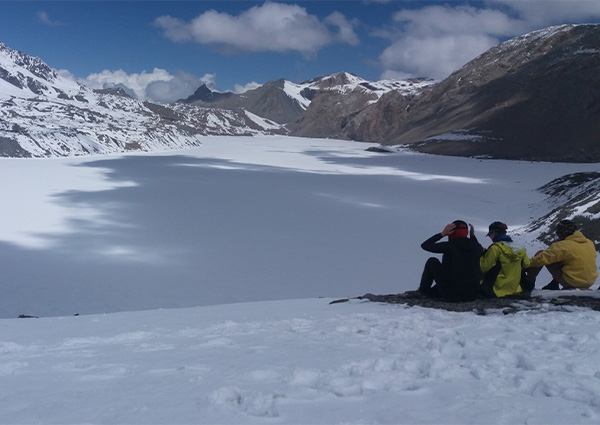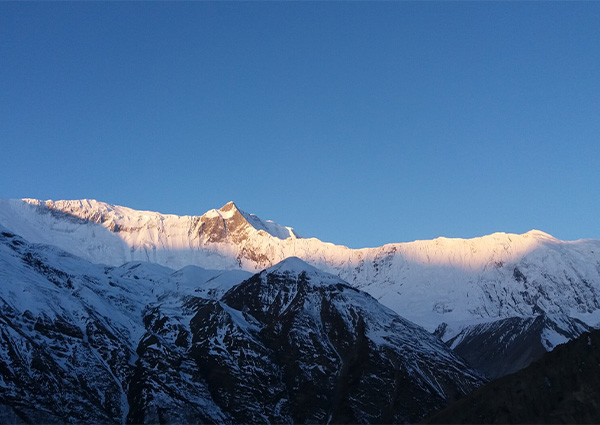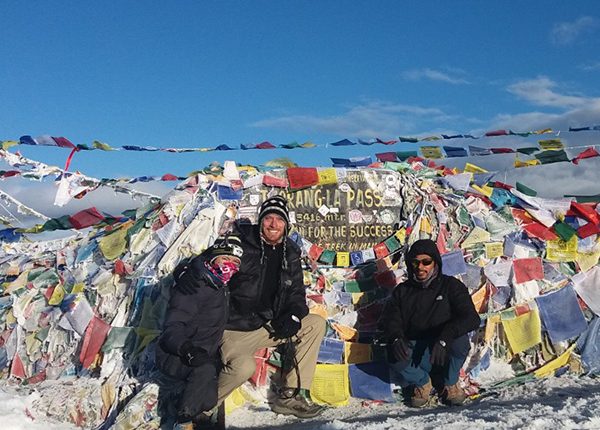The Annapurna Circuit Trek with Tilicho Lake is a thrilling 16-day Himalayan adventure in Nepal. This challenging trek covers 160-260 km through the breathtaking Annapurna region, starting and ending in Kathmandu. You’ll walk 4-6 hours daily, passing through lush forests, deep gorges, waterfalls, high passes, and holy temples. The highlight is crossing Thorung La Pass (5,416m) and visiting Tilicho Lake, one of the world’s highest lakes. This lodge-to-lodge trek includes meals during the trek and a hotel stay in Pokhara. It’s best during spring and autumn. Ideal for nature lovers and cultural explorers, it showcases Nepal’s diverse landscapes and ethnic heritage.
+977 9851191802
info@everestdestinytreks.com
Google Review





